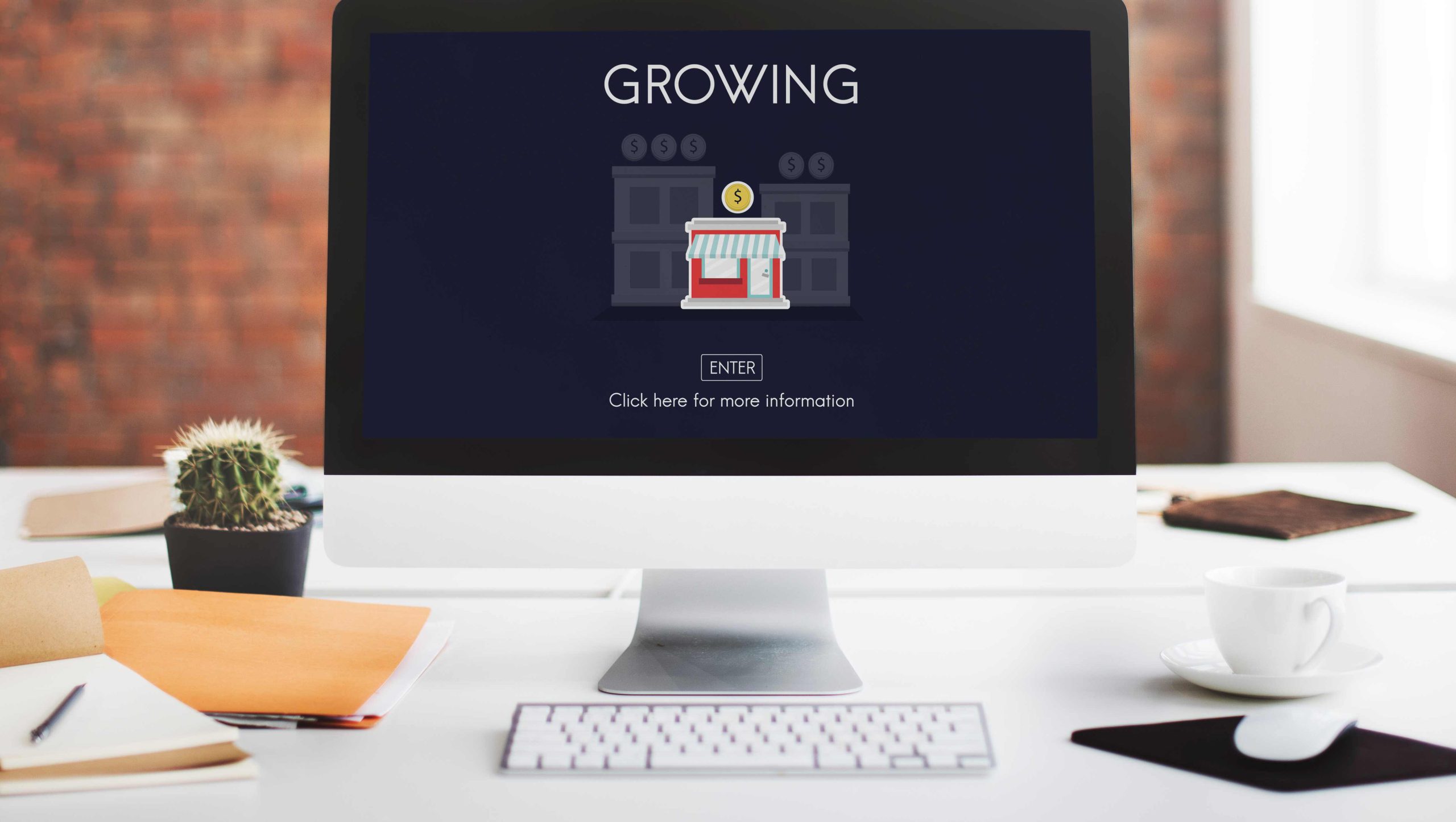The digital age has brought significant changes to how businesses interact with their customers. An integral part of this interaction is the user experience (UX) provided by a company’s website. In Australia, where internet penetration is high and digital interactions are a part of everyday life, the importance of a flawless website UX cannot be overstated. However, many businesses are inadvertently losing customers due to poor UX. This article explores the significance of UX, the pitfalls of neglecting it, and how companies can leverage good UX to retain and attract customers.
Understanding the Importance of Website UX
User experience encompasses all aspects of the end-user’s interaction with the company, its services, and its products. In the context of a website, UX is not just about aesthetics but includes usability, accessibility, and the overall satisfaction derived from interacting with the site. A study by Forrester Research indicates that, on average, a well-designed user interface could increase conversion rates by up to 200%, and a better UX design could yield conversion rates up to 400%.
How Poor UX Impacts Customer Retention
Customer retention is vital for any business seeking long-term growth and stability. According to data from Bain & Company, increasing customer retention rates by 5% can increase profits by 25% to 95%. Poor UX can act as a barrier to retention by creating frustration, delaying interactions, and ultimately prompting users to abandon the site.
The Cost of Lost Sales Due to Poor UX
Let’s put this into perspective with numbers. A report by the Baymard Institute found that the average shopping cart abandonment rate is approximately 69.8%. The study highlights UX-related issues as a primary cause, including complex checkout processes and site speed issues. This results in potential lost sales that could have otherwise contributed significantly to business revenue.
User Experience Issues and Business Impact
| Issue | Impact on UX | Revenue Loss |
|---|---|---|
| Complex Checkout | Poor usability | High shopping cart abandonment |
| Slow Site Speed | Frustration | User departure |
| Poor Mobile Experience | Ineffective interaction | Lower engagement from mobile users |
Importance of Mobile-Friendly Design
With mobile internet usage surpassing desktop in recent years, the need for a mobile-friendly design has never been more critical. Google notes that 61% of users are unlikely to return to a mobile site they had trouble accessing, and 40% visit a competitor’s site instead. Thus, lacking a mobile-optimized website could be one reason your UX is costing you customers.
The Role of Consistent Design in UX
Consistency is another pillar of effective UX. It involves maintaining the design, feel, and usability of a website across all its pages and elements. According to a study by UserZoom, consistent design helps users predict interactions and understand content, reducing cognitive load and leading to a more satisfying user experience.
Building Trust Through UX
Trust is fundamental for customer relationships, and UX plays a significant role in shaping trust. A survey by Blue Corona revealed that 48% of people cited a website’s design as the number one factor in deciding the credibility of a business. Investing in professional, intuitive, and user-centered design is paramount to building trust.
Using UX as a Differentiator in Competitive Markets
In competitive markets, businesses need to leverage every tool to stand out. A report by PwC found that in the past, price, quality, or brand would have typically been the main business advantages. Now, the customer experience, driven mainly by UX, is the greatest determinant in maintaining competitive advantage.
Usability Testing as a Tool to Improve UX
Usability testing is an effective method to improve website UX. It involves observing real users as they interact with the website, identifying pain points and areas for improvement. Nielsen Norman Group estimates that usability testing can reduce website development waste by 15% to 50%, thereby increasing productivity and enhancing user satisfaction.
Personalization as a UX Enhancement Strategy
Personalization is increasingly becoming a critical component of UX. According to an Epsilon study, 80% of consumers are more likely to purchase from a brand that offers personalized experiences. Implementing personalization strategies, such as tailored recommendations and content, can significantly improve UX.
The Future of UX in Business Websites
The future of UX involves integrating new technologies like AI and machine learning to create more intuitive and responsive websites. Companies that adopt these advancements stand to benefit from improved customer interaction, higher satisfaction rates, and ultimately increased conversions.
Key Takeaways
In conclusion, a well-crafted website UX is not just a nice-to-have feature but a critical aspect of business success. Poor UX can lead to customer loss, decreased revenue, and tarnished brand reputation. However, by understanding the importance of UX, focusing on mobile friendliness, consistency, trust-building, and personalization, businesses can create a competitive edge in the market. For companies facing challenges with UX, consulting with professionals or taking advantage of usability testing can provide valuable insights and solutions.
For further assistance with UX design or queries, feel free to contact us.
Frequently Asked Questions about UX
Why is UX important for customer retention?
UX is crucial for customer retention as it directly impacts user satisfaction and engagement. A website that is intuitive, easy to navigate, and pleasing to use encourages users to stay longer, explore more, and return in the future. In contrast, a website with poor UX can frustrate users, leading to high abandonment rates. As studies indicate, even moderate improvements in user experience can lead to significant increases in conversion rates and customer loyalty. In essence, UX is a vital component in building long-term customer relationships.
How does mobile optimization improve UX?
Mobile optimization enhances UX by ensuring that users can interact with a website seamlessly across different devices. As mobile internet usage continues to rise, a significant portion of users is accessing websites through smartphones and tablets. A mobile-optimized site adapts to different screen sizes, providing a consistent and accessible experience. This reduces the friction that users might face when navigating or interacting with a non-optimized site, thereby improving their overall experience and increasing the likelihood of conversions.
What are some indicators of poor UX on a website?
Poor UX can manifest in various ways, including high bounce rates, low session durations, and frequent user complaints about navigation difficulties. Other indicators include slow page loading speeds, confusing layout, and unresponsive design elements. Sometimes, high cart abandonment rates can also point towards UX issues, especially if they stem from a complex checkout process. Monitoring analytics and user feedback can help identify these issues, providing opportunities for improvement.
How does personalization impact UX?
Personalization impacts UX by tailoring the user experience to meet individual preferences and behaviors. When users feel that a website understands their needs and caters to their interests, they are more likely to engage and convert. Personalization strategies can include recommending products based on past interactions, customizing content to user preferences, and providing relevant search results. This approach not only enhances user satisfaction but also increases the likelihood of achieving business goals such as higher conversion rates and improved customer loyalty.
What role does user testing have in UX improvement?
User testing is fundamental in UX improvement as it provides direct insights into how real users interact with a website. By observing users, businesses can identify pain points, areas of confusion, and elements that work well. This feedback is invaluable for making informed decisions about design changes that enhance usability and satisfaction. Continuous user testing ensures that the website evolves according to user needs and expectations, ultimately leading to a more successful digital presence.









